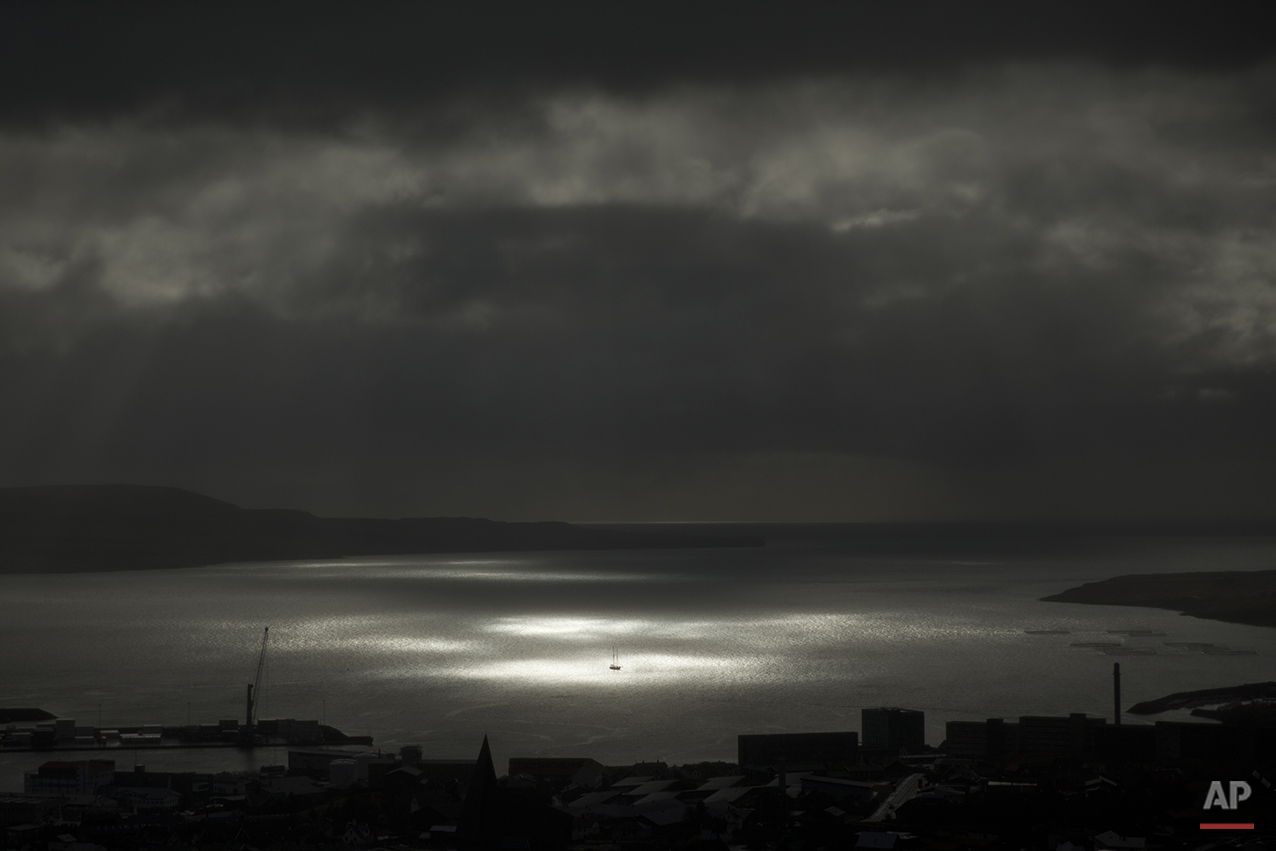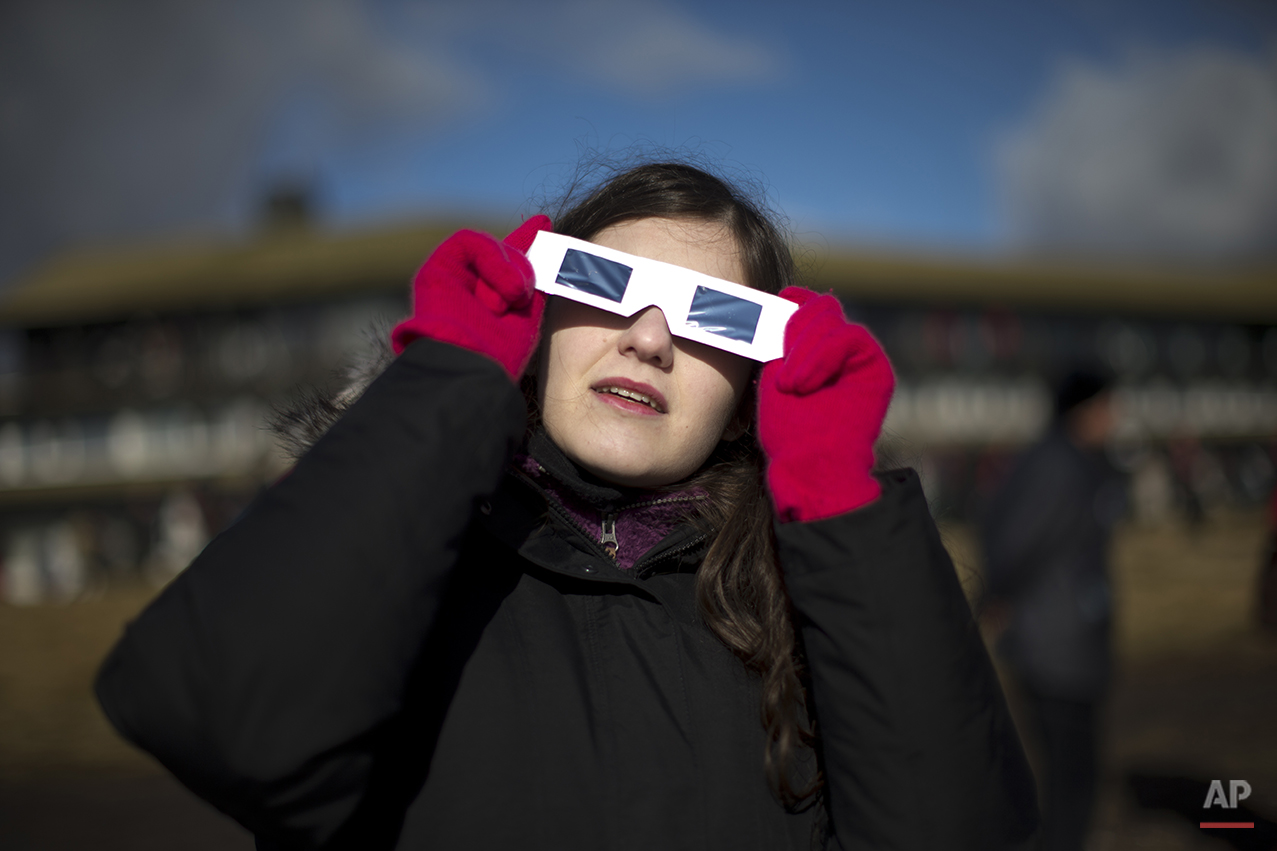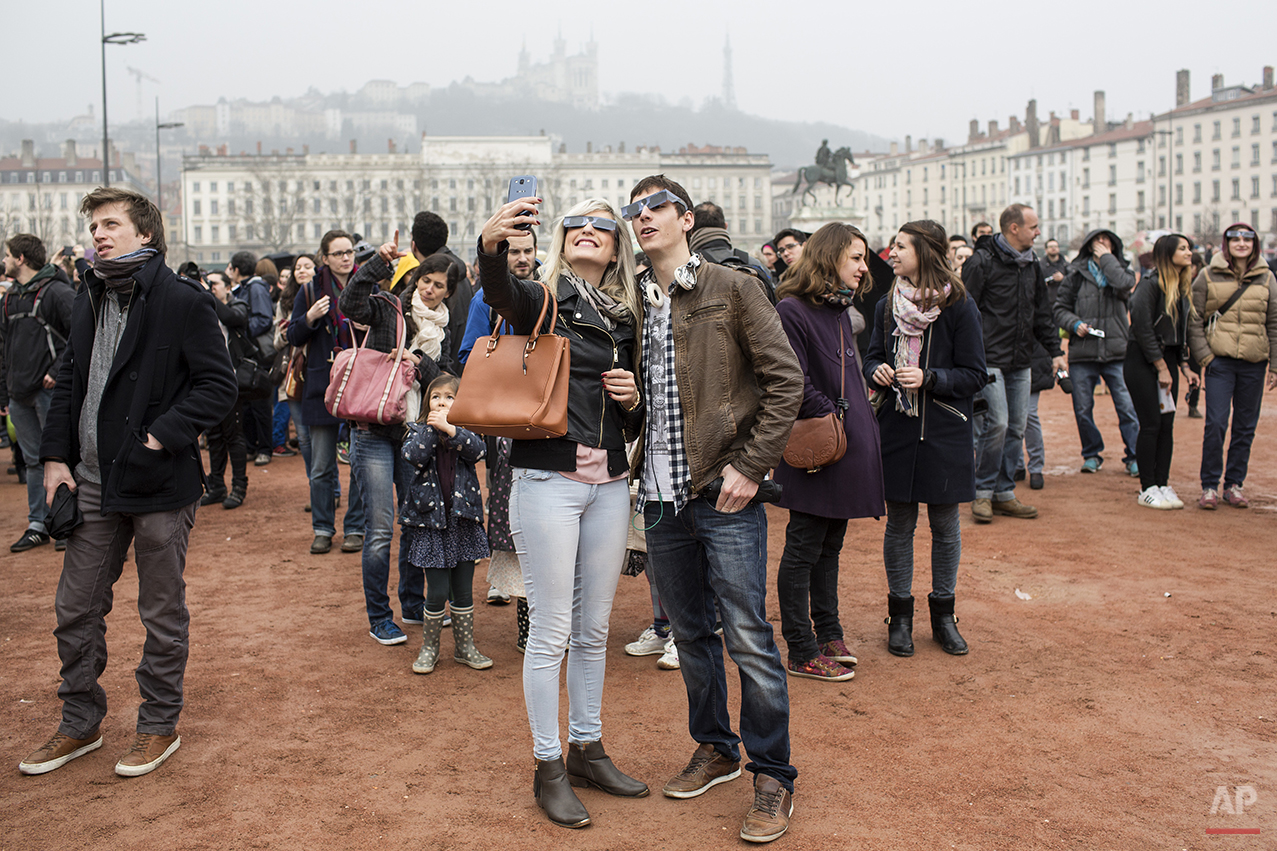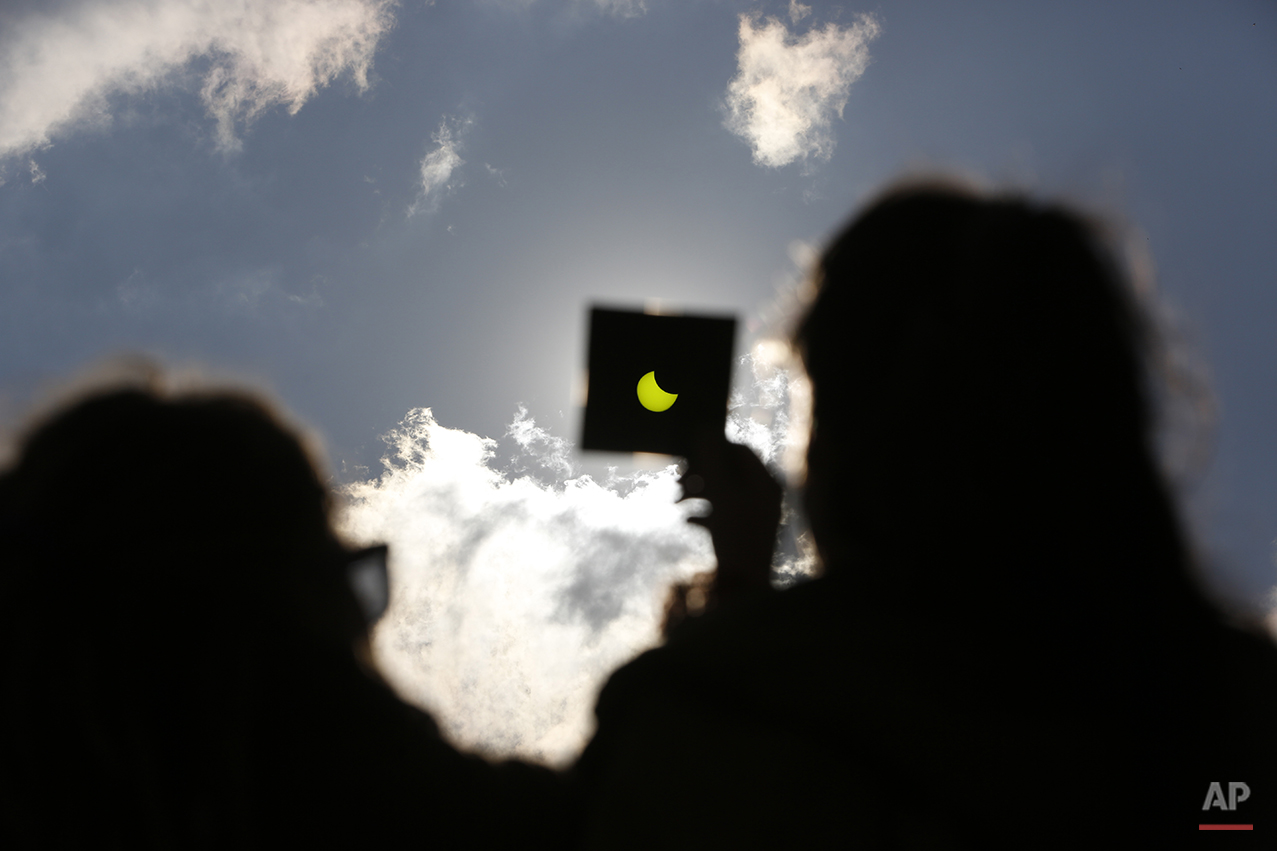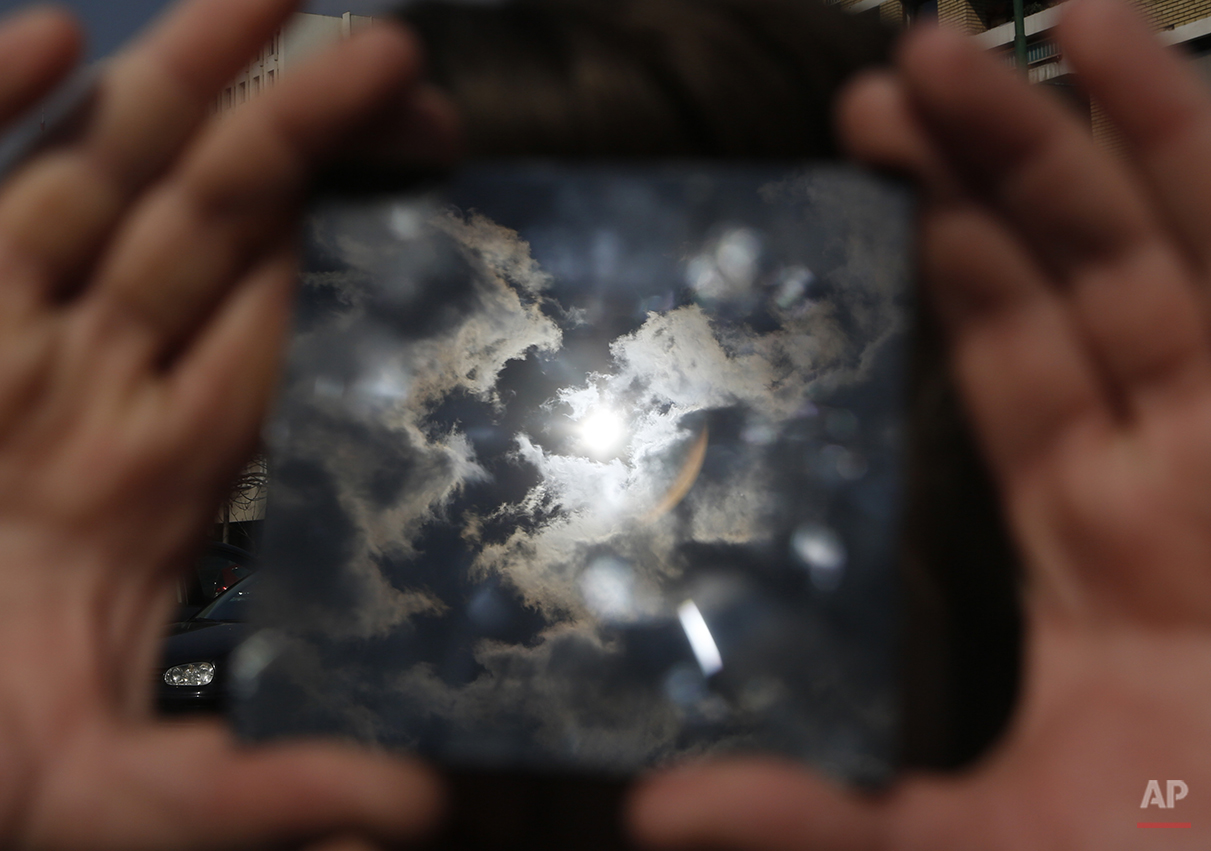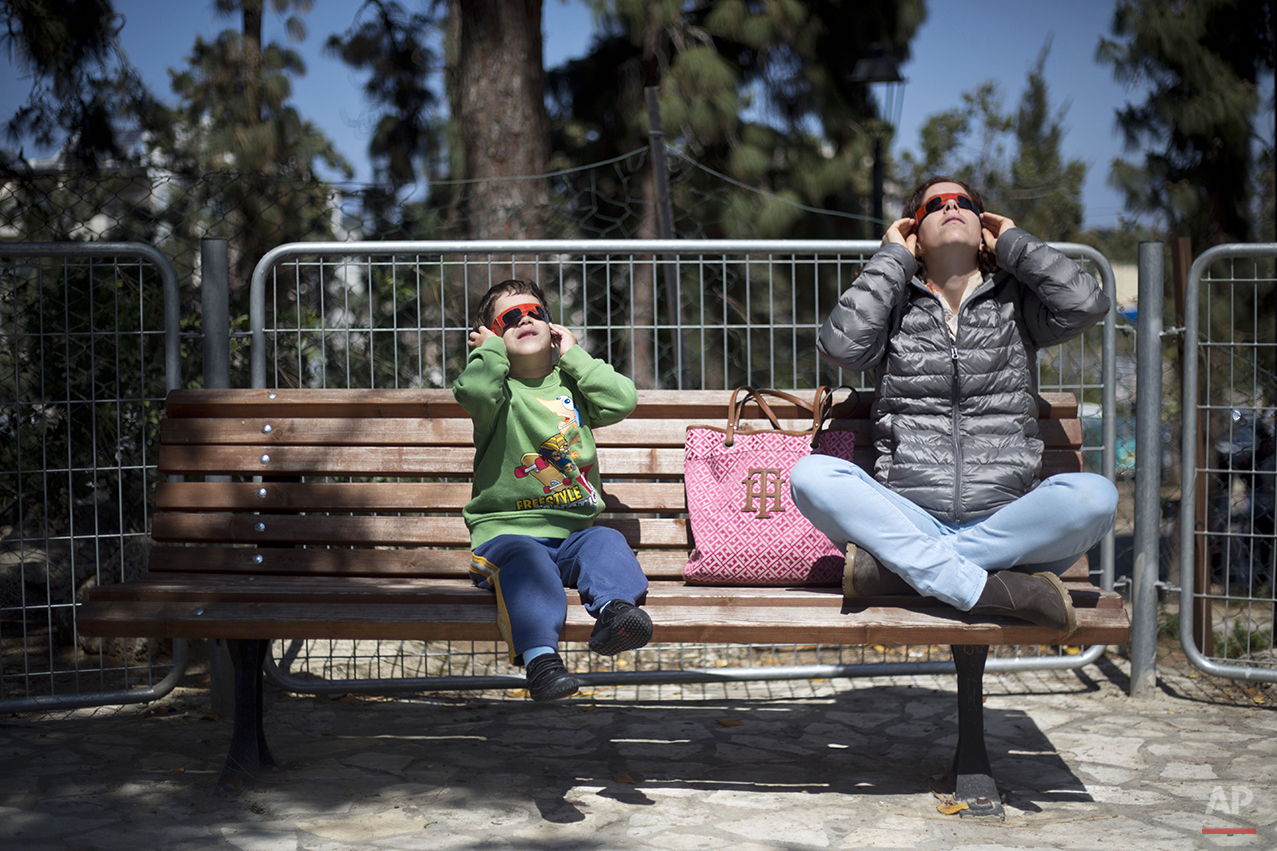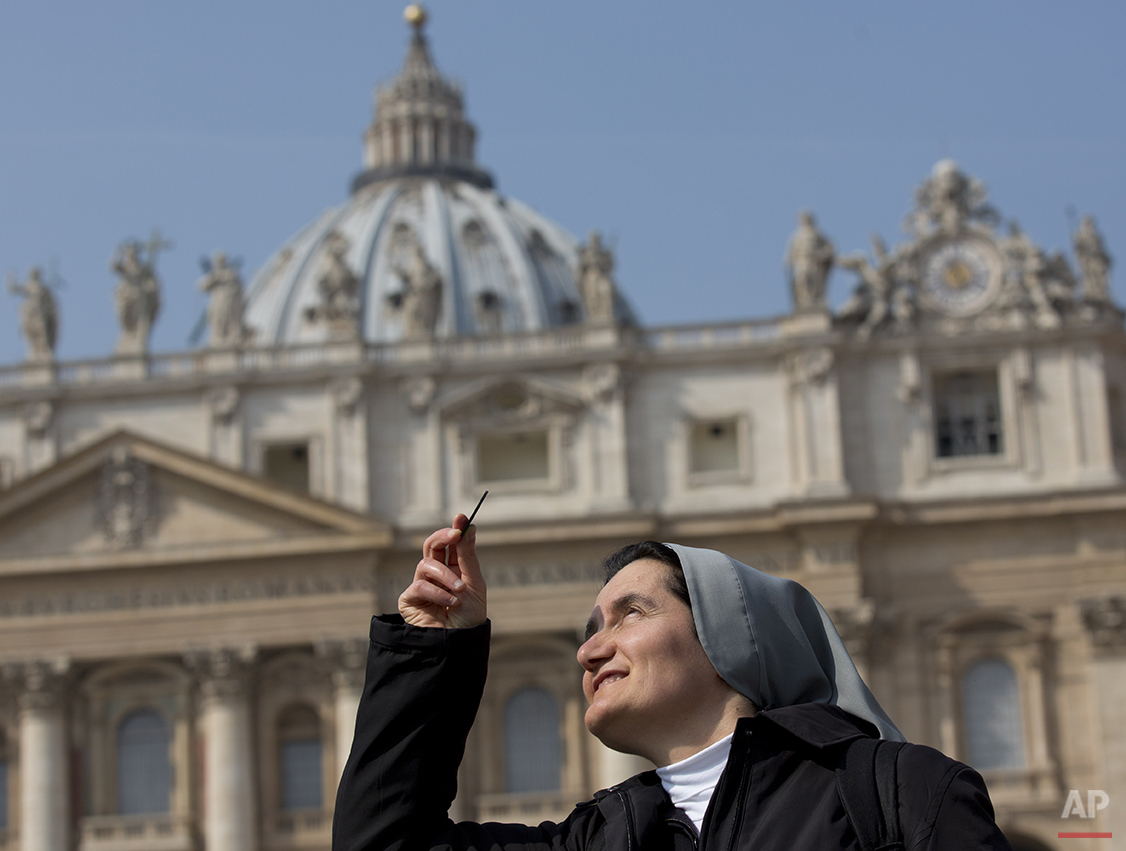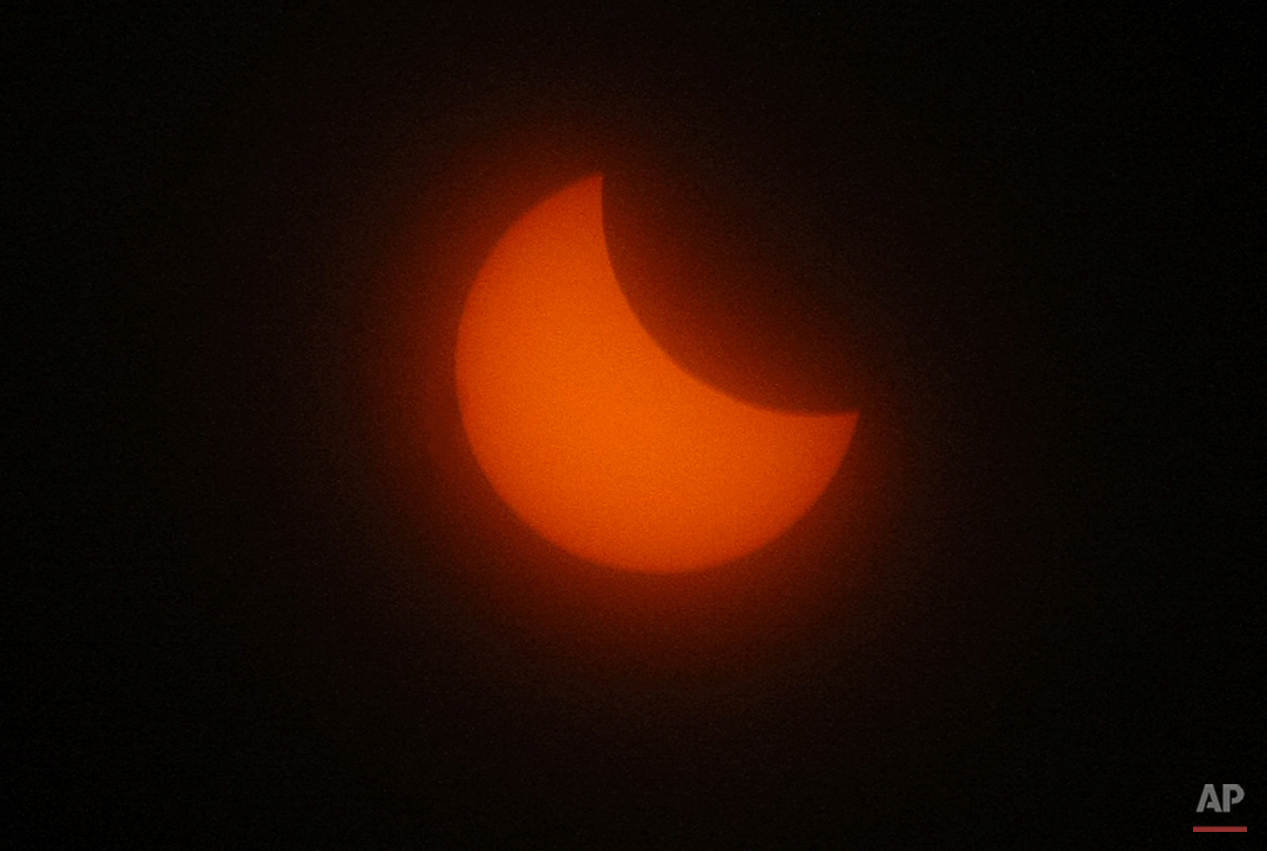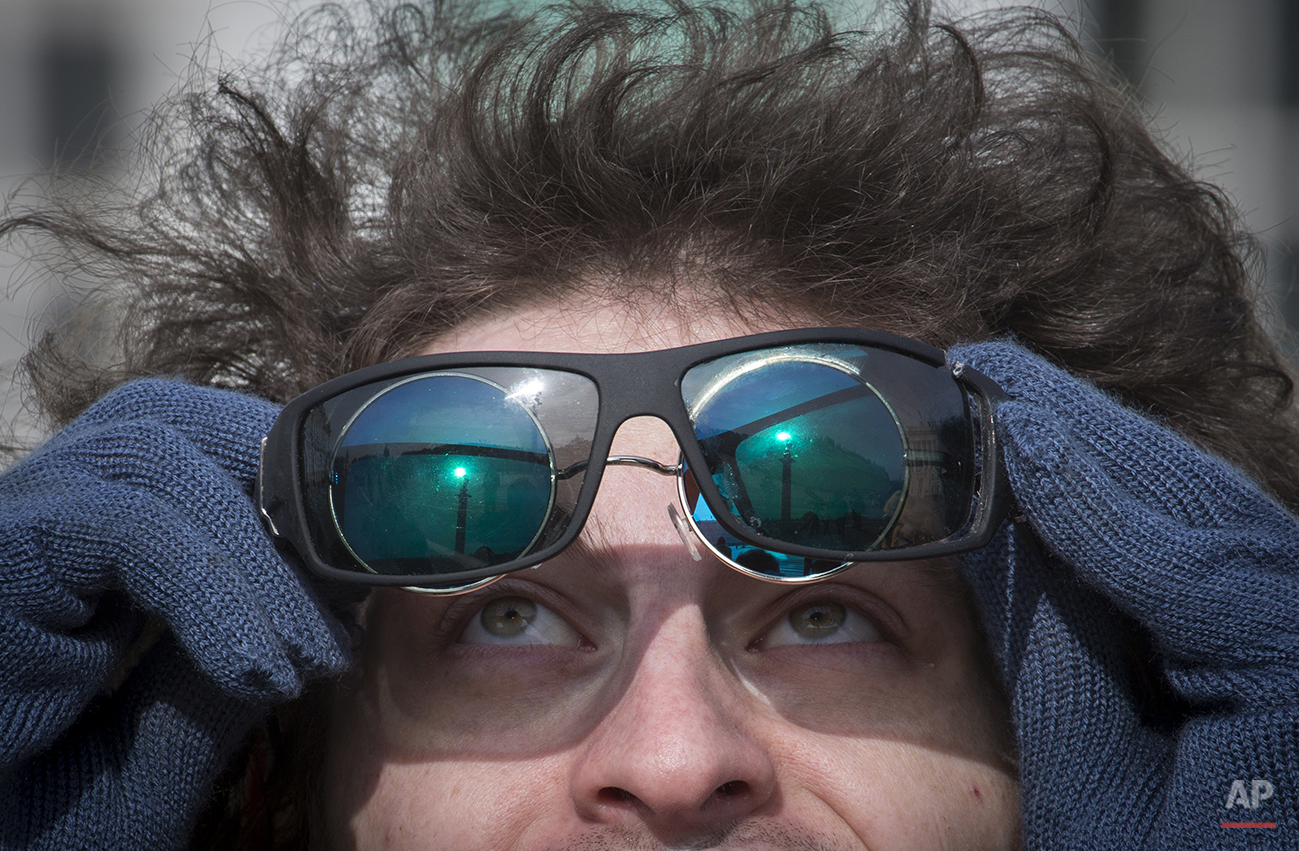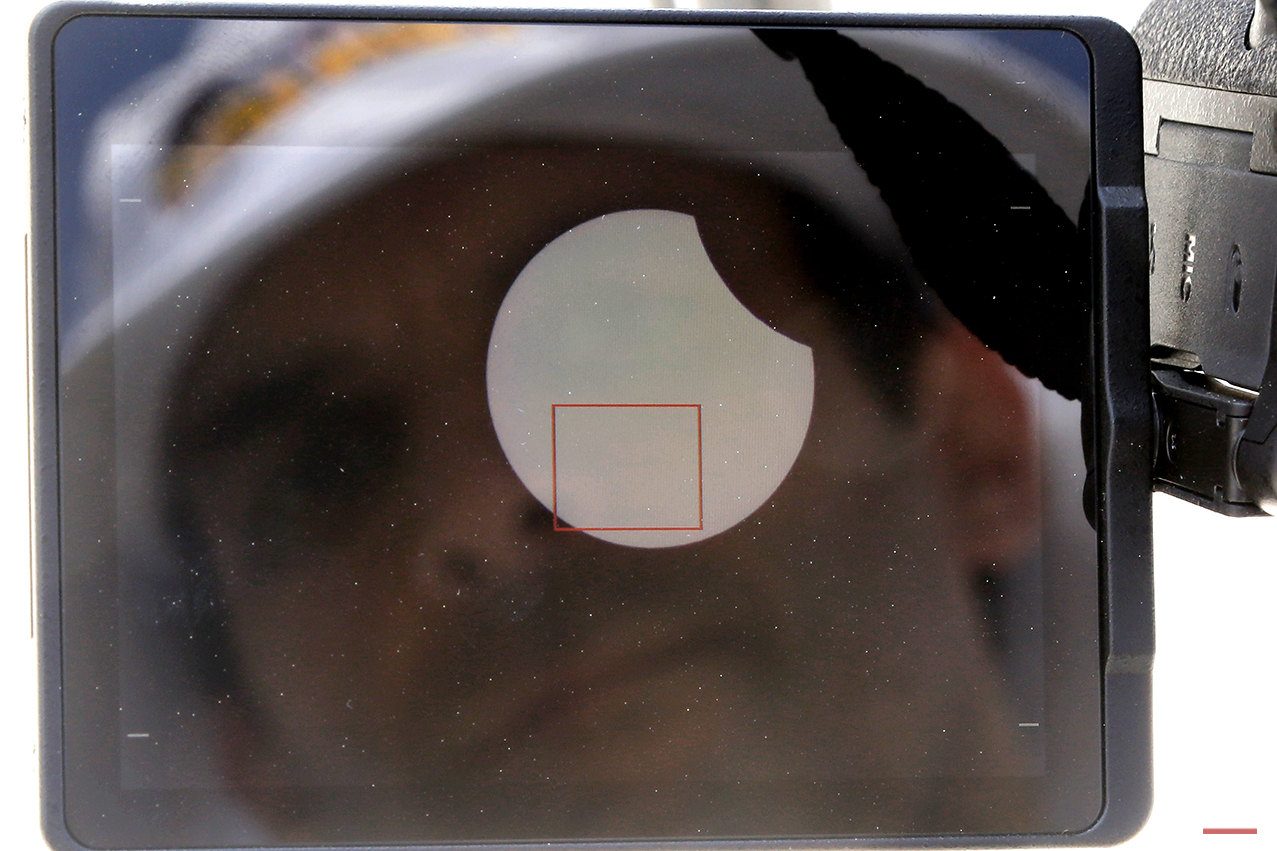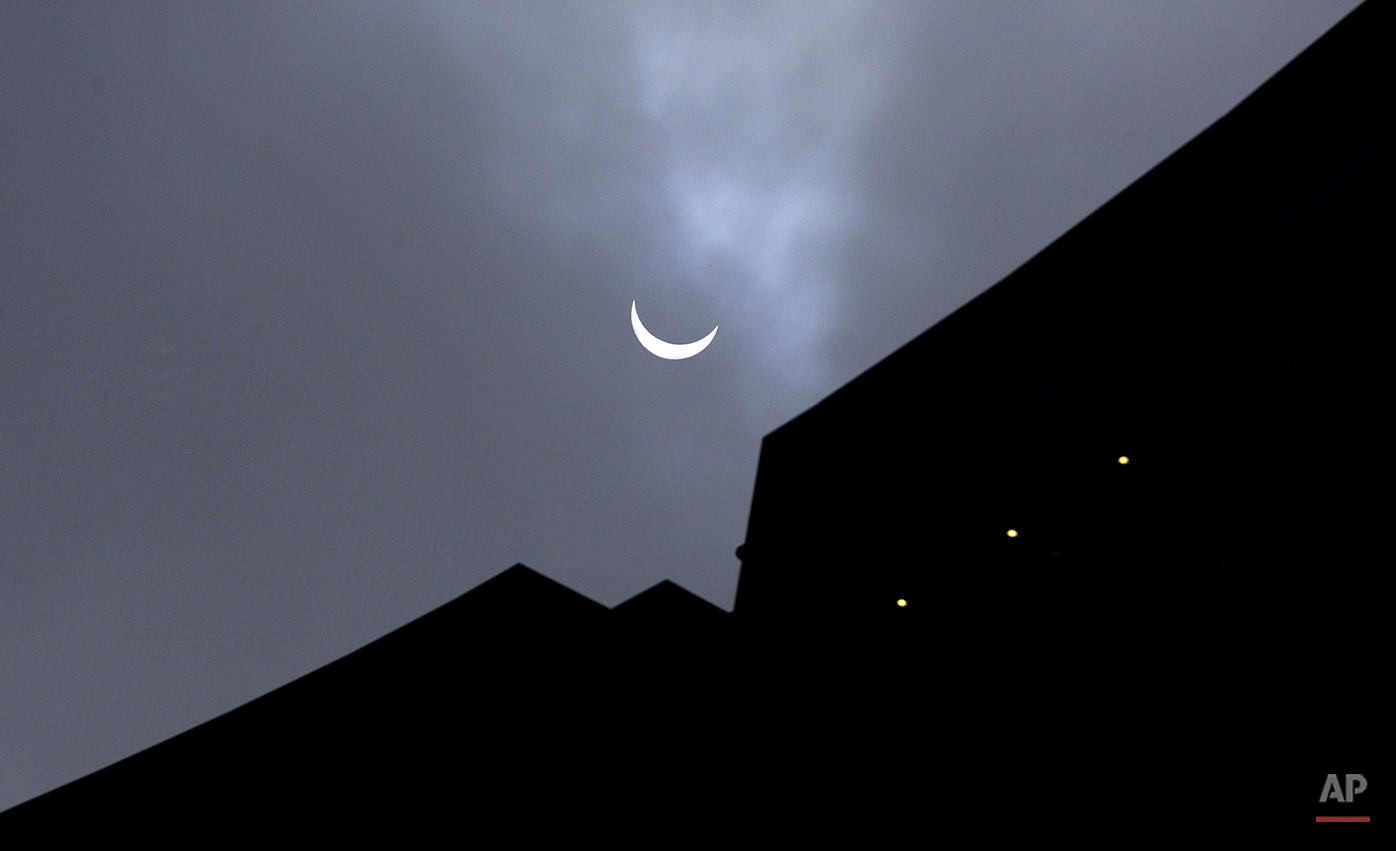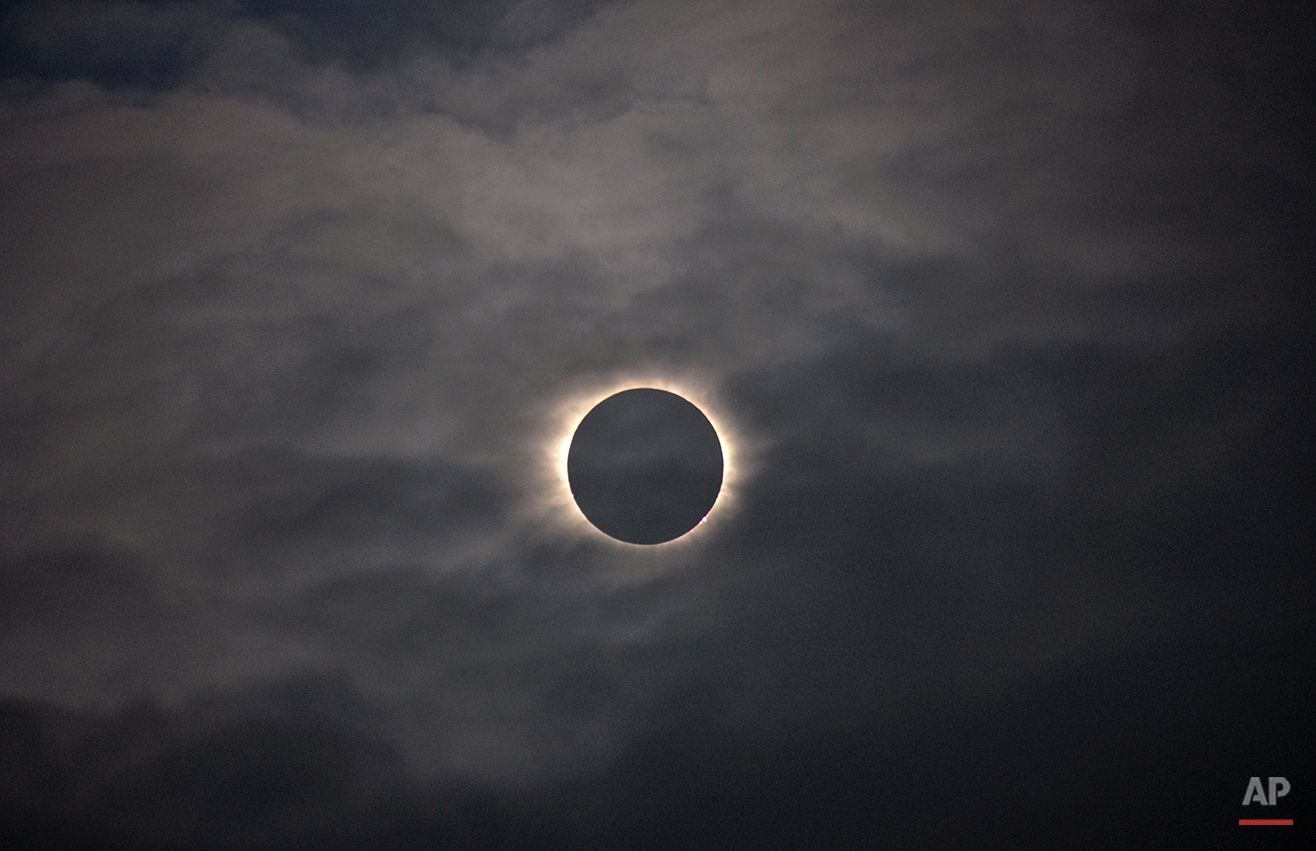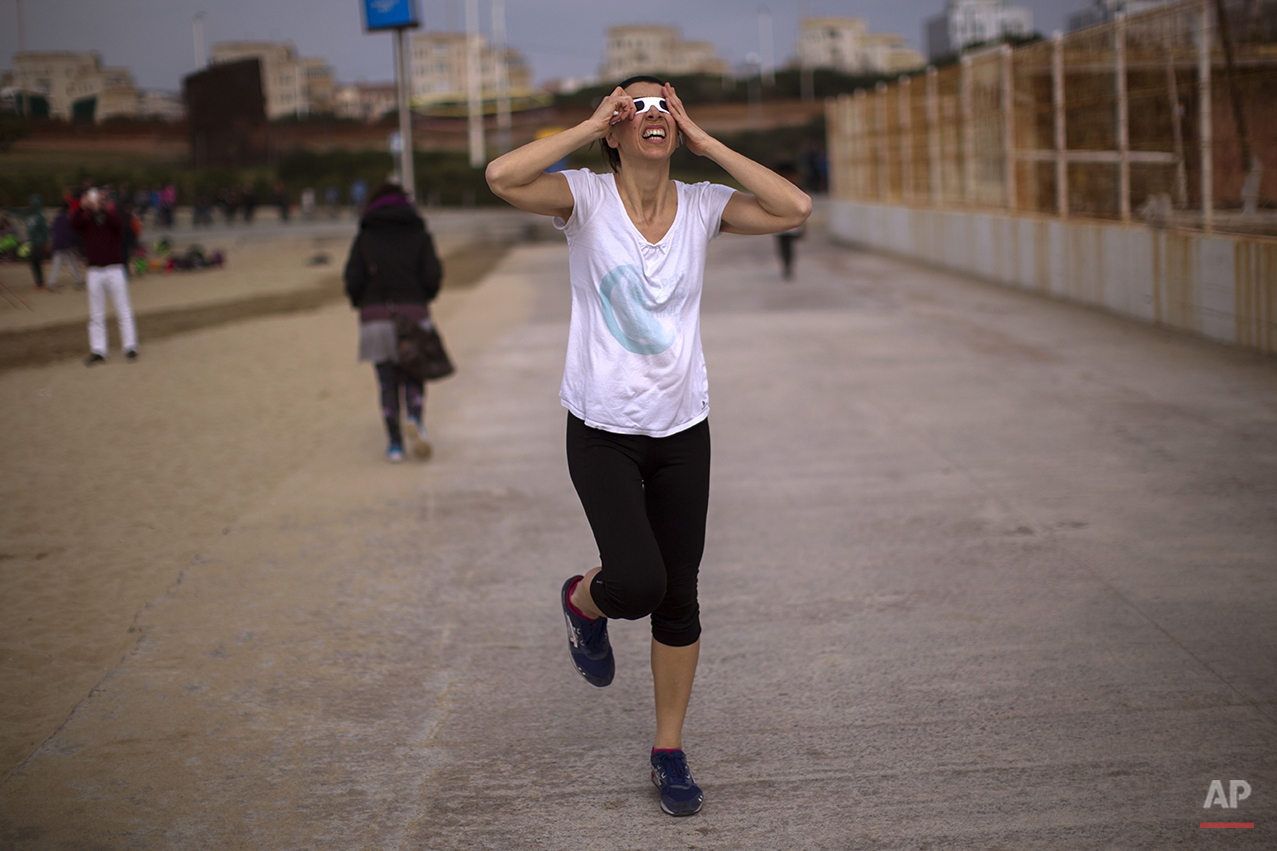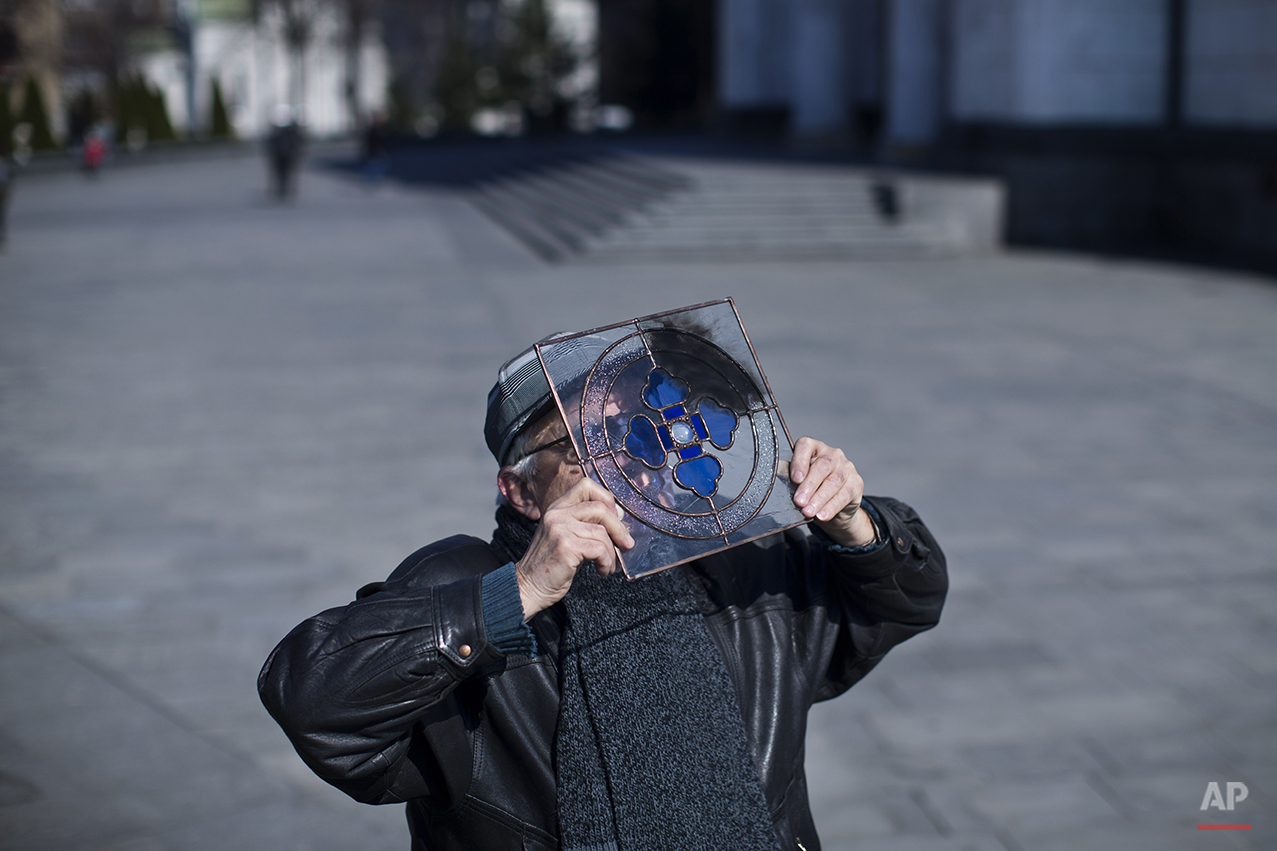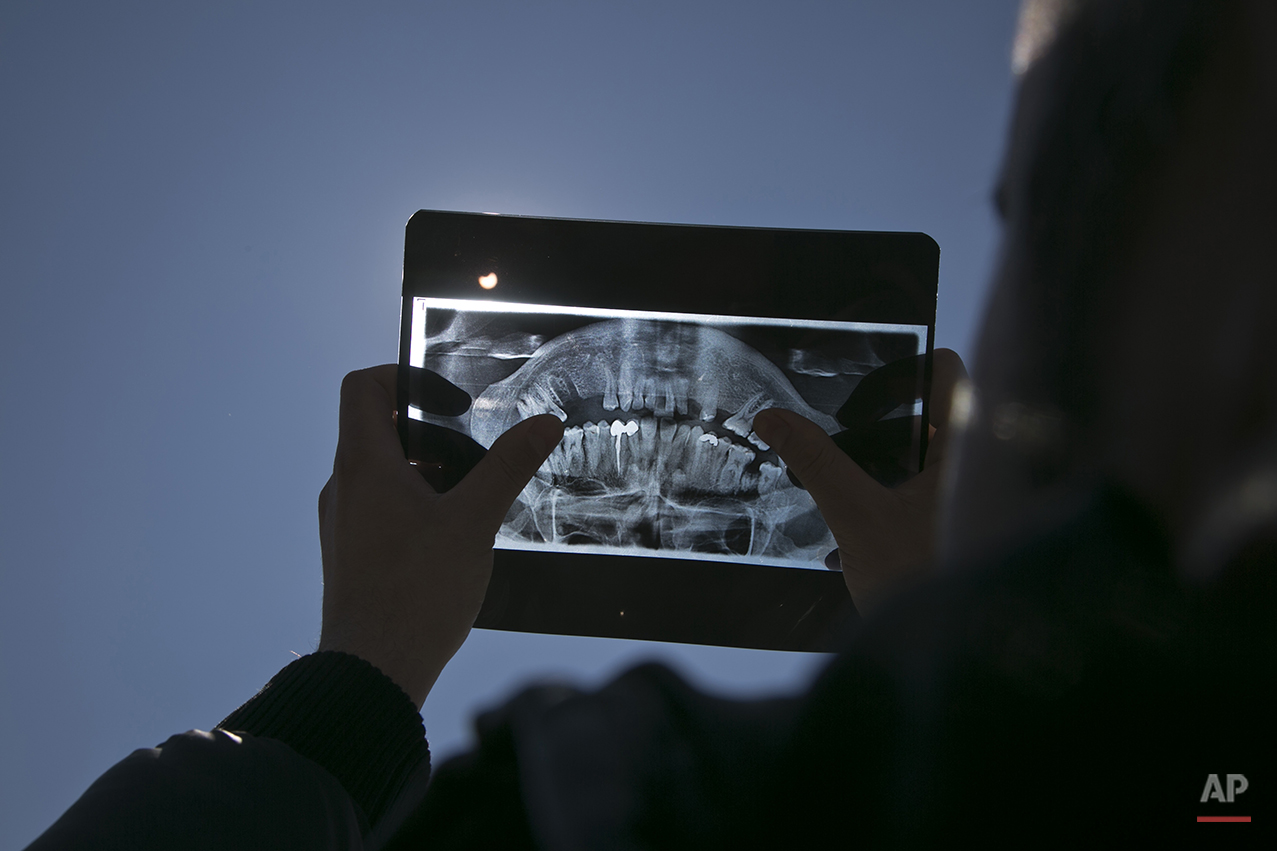Ring of light: Total solar eclipse

For the best view of the solar spectacle of the year, Svalbard eclipsed the Faeroe Islands. Sky-gazers in the remote Norwegian archipelago of Svalbard popped champagne corks, oohed and aahed as they witnessed a total solar eclipse Friday under perfect weather conditions.
A clear sky over the Arctic islands offered a full view of the sun's corona — a faint ring of rays surrounding the moon — that is only visible during a total eclipse.
"I was just blown away. I couldn't believe it," said Hilary Castle, a 58-year-old visitor from London.
Meanwhile, a blanket of clouds blocked thousands of people from experiencing the full effect in the Faeroes in the North Atlantic — the only other place on land where the eclipse was total. About 20,000 visitors had traveled to the two island groups to watch the spectacle.
"Well it was very close," said Fred Espenak, a retired NASA scientist visiting the Faeroe Islands. "If the eclipse had been 25 minutes later, it would have been fantastic. But the clouds ruined it for us. So I'm very disappointed."
A solar eclipse happens when the moon lines up between the sun and the Earth. This casts a lunar shadow on the Earth's surface and obscures the sun. During a partial eclipse, only part of the sun is blotted out.
In the northern Faeroes, Sigrun Skalagard said birds went silent and dogs started howling when the daylight suddenly disappeared.
"Some people were surprised to see how fast it became dark," she said.
The total eclipse lasted for 2 minutes and 45 seconds in the Faeroes.
In Svalbard, less than 620 miles from the North Pole, a few hundred people had gathered on a flat frozen valley overlooking the mountains, and people shouted and yelled as the sudden darkness came. A group of people opened bottles of champagne, saying it was in keeping with a total solar eclipse tradition.
"It was just fabulous, just beautiful and at the same time a bit odd and it was too short," said Mary Rannestad, 60, from Minnesota.
A partial solar eclipse could be seen across Europe and parts of Asia and Africa. Britain's Met Office said 95 percent of the sun was covered in the Hebrides, Orkneys and Shetland Islands, and one percent less further south in Glasgow and Edinburgh.
Cloudy weather put a lid across large parts of the continent, making it hard to see the eclipse. However, a thin cloud cover allowed people in Stockholm to watch the eclipse without protective glasses, as the faint disk of the sun could be seen through the overcast sky.
Across Europe, people were warned against looking directly at the sun — but that wasn't the only hazard. In Switzerland police said a 49-year-old man in the eastern town of Baar was taken to a hospital with a suspected broken leg after falling off a roughly 50-centimeter (20-inch) high ramp as he watched the eclipse.
In Germany, a world leader in solar power, fears that the flood of sunshine after the eclipse would overload the system never materialized.
"We are very relieved," Dirk Biermann, head of 50Hertz, one of Germany's four transmission system operators for electricity, told the dpa news agency. "Everything worked out wonderfully."
The total solar eclipse coincided with the spring equinox, one of two occasions each year when the day is equal in length to the night.
The eclipse also occurred as the moon passed at its closest point to the Earth in its orbit, adding its gravitational pull on the ocean to create stronger tides. The effect was most noticeable in the Bay of Fundy in eastern Canada — known for one of the highest tidal ranges in the world — and outside Saint Malo in northwestern France, said Michael Quaade, a Copenhagen University astronomer.
The last total eclipse was in November 2012 over Australia. The next one will be over Indonesia in March 2016, according to NASA.
___
Gaschka reported from Torshavn, Faeroe Islands. Associated Press writers Jan M. Olsen in Copenhagen, Karl Ritter in Stockholm, David Rising and Geir Moulson in Berlin and contributed to this report.
Below is a selection of images from around Europe of Friday's solar eclipse.
See more photos of the total solar eclipse
Text from the AP news story, Ring of light: Total eclipse over Svalbard islands in Arctic, by Martin Benedyk And Catherine Gaschka.
Spotlight is the blog of AP Images, the world’s largest collection of historical and contemporary photos. AP Images provides instant access to AP’s iconic photos and adds new content every minute of every day from every corner of the world, making it an essential source of photos and graphics for professional image buyers and commercial customers. Whether your needs are for editorial, commercial, or personal use, AP Images has the content and the expert sales team to fulfill your image requirements. Visit apimages.com to learn more.
Written content on this site is not created by the editorial department of AP, unless otherwise noted.
AP Images on Twitter | AP Images on Facebook | AP Images on Google+
Visual artist and Journalist





